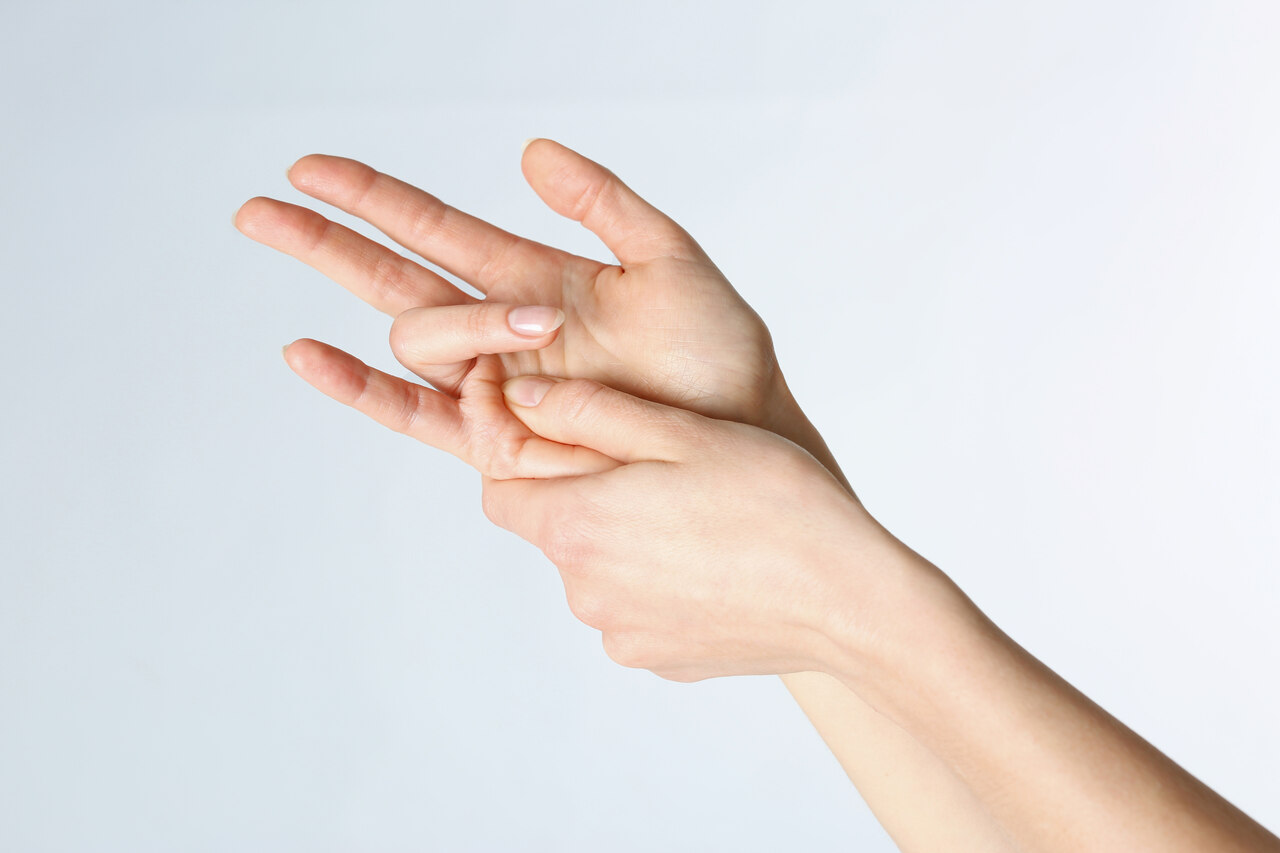Physiotherapy for Trigger Finger: Strategies for Pain Relief and Recovery
Trigger finger, or stenosing tenosynovitis, affects individuals across various professions and lifestyles, significantly impeding daily activities. However, physiotherapy presents an effective treatment method for this condition.
This blog post aims to provide a thorough overview of the symptoms and risk factors associated with trigger finger, and the role physiotherapy plays in its management. Join us as we explore the essentials of physiotherapy for trigger finger.
Understanding Trigger Finger: Risk Factors
Trigger finger affects individuals when the tendons that facilitate finger movement become irritated. This condition leads to pain, stiffness, and a noticeable snap when bending or straightening the affected finger. Although the precise cause is unknown, there are certain risk factors associated with this condition.
- Medical Conditions: People with certain medical conditions are more predisposed to experiencing trigger finger. This includes individuals with diabetes or rheumatoid arthritis, where the body’s inflammatory response can contribute to the thickening of the tendon sheath.
- Gender and Age: The condition is more prevalent in women than men and typically affects individuals between the ages of 40 and 60. This demographic factor may be linked to hormonal influences and the degenerative changes in tendons that occur with aging.
- Nodule Formation: With continuous use and strain, a nodule or lump can form on the tendon, making it difficult for it to glide smoothly through its sheath. This exacerbates the catching or locking sensation associated with trigger finger.
Occupational Hazards
Professions and hobbies that demand continuous hand movements, repetitive motions, or prolonged gripping can significantly increase the risk of trigger finger. This puts constant strain on the tendons of the fingers, leading to irritation and inflammation over time. At-risk individuals include:
- Musicians: Especially those playing string instruments or the piano, where repetitive finger movements are integral to playing.
- Craftsmen and Construction Workers: Individuals who use tools like drills, hammers, or screwdrivers extensively are at higher risk.
- Gardeners and Farmers: The repeated use of gardening tools or machinery that requires a firm grip can lead to trigger finger.
- Office Workers: Particularly those using a computer mouse or keyboard for prolonged periods without proper ergonomic support.
- Athletes: Especially those engaged in sports requiring grip strength, such as tennis or golf.
Understanding these risk factors can help in identifying potential preventive measures and early intervention strategies.
The Role of Physiotherapy in Treating Trigger Finger
Physiotherapy is a viable treatment option for individuals struggling with trigger finger. Physiotherapy treatments are aimed at alleviating pain, enhancing mobility, and preventing recurrence. Here’s what your physiotherapy plan may include:
- Manual Therapy: Gentle manipulation and massage of the affected area to decrease tension and improve tendon glide.
- Ergonomic Adjustments: Recommendations on ergonomic tools and workplace setups to minimize strain during repetitive tasks.
- Activity Modification: Guidance on altering daily routines and hobbies to allow the affected finger time to heal while preventing further irritation.
- Stretching Exercises: Aimed at increasing the flexibility of the finger tendons and ligaments, thereby facilitating smoother movement and reducing the risk of tendon catching.
- Strengthening Exercises: Focus on building up the muscles around the affected area to support and stabilize the finger, improving its functionality.
Massaging Trigger Finger: What to Know
Massaging the affected finger can be beneficial, but it’s crucial to understand when and how to apply this treatment.
- Avoid During Acute Stage: Massaging a swollen or inflamed finger can exacerbate symptoms. It’s best avoided in the initial acute stage.
- Chronic Stage Massage: In later stages, gentle massage around the affected area can help reduce nodules and soft tissue buildup, aiding in pain relief and increased mobility.
- Professional Guidance: Consultation with a physiotherapist or healthcare provider is recommended to ensure safe and effective massage techniques.
Incorporating massage at the appropriate time can be a valuable component of a comprehensive treatment plan.
When to Use Heat/Ice Therapy for Trigger Finger
The application of heat or ice can play a crucial role in managing trigger finger symptoms, with the choice depending on the stage of the condition.
- Acute Stage: Ice packs can reduce inflammation and numb the pain, making them ideal for the initial stages.
- Chronic Stage: Heat therapy, combined with stretching exercises, can relieve stiffness and improve tendon flexibility. It’s beneficial in later stages to promote healing and mobility.
- Individual Variation: The effectiveness of heat or ice therapy may vary from person to person. Monitoring your response to each treatment will help identify the most beneficial approach.
The Healing Timeline for Trigger Finger
Recovery from trigger finger is a highly individualized process, influenced by various factors including the severity of the condition, the patient’s overall health, and the treatment approach adopted.
- General Timeline: Recovery can range from 2 to 6 months, depending on the effectiveness of the treatment regimen and the individual’s adherence to recommended practices.
- Importance of Comprehensive Therapy: A combination of physiotherapy and lifestyle adjustments is crucial for optimal recovery.
- Surgical Consideration: Surgery is typically considered the last resort for severe cases and is aimed at relieving tendon tension to restore mobility.
Leave Pain Behind
Trigger finger is a condition that not only affects your hand’s functionality but can also impact your quality of life. If you’re experiencing symptoms of trigger finger, it’s crucial to seek professional advice and start your journey to recovery. At Therapeutic Streams in Oshawa, we’re dedicated to offering personalized care and treatment plans designed to address your specific needs and help you return to your daily activities without pain or discomfort. Contact us today to discover how physiotherapy can help you overcome pain and regain functionality.





